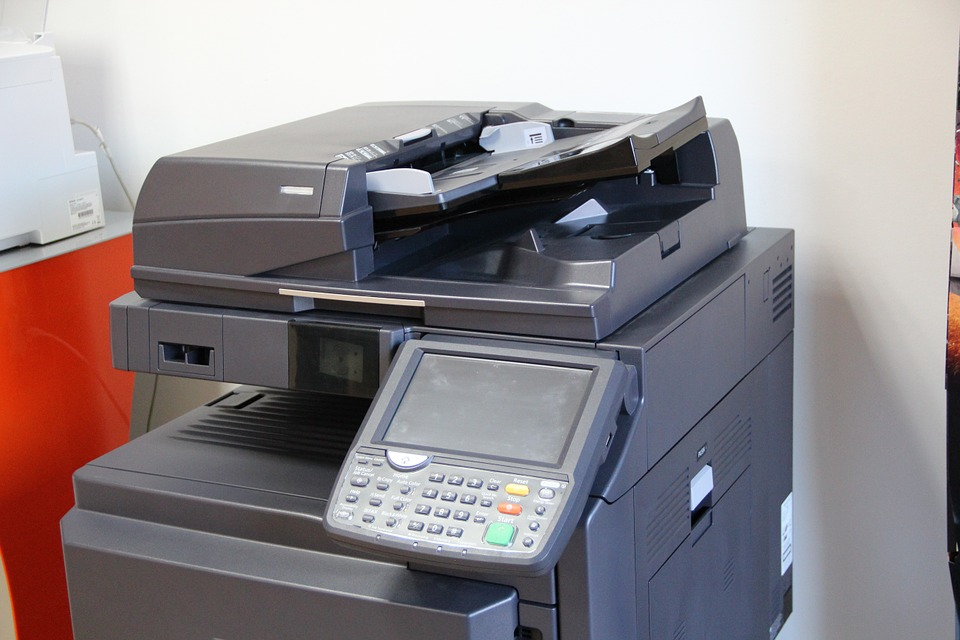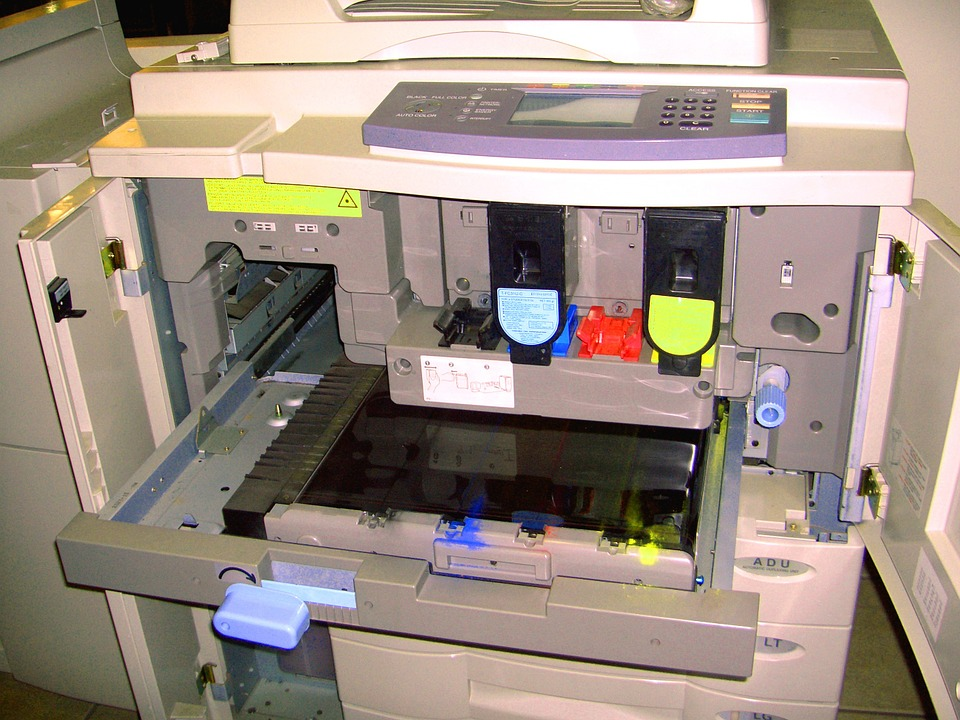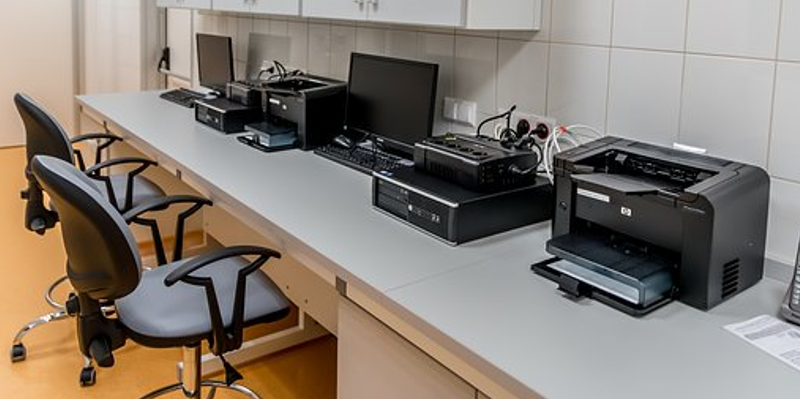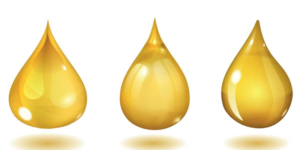The color copier is one of the typical office equipment found in many businesses that depend on printing and document technologies. However, technology keeps evolving, and new things are created every other day. As such, the color copier may prove to be less efficient compared to its advance counterpart, the multifunction printer (MFP). Even so, the two do share the same tech and are available for different budgets. How do businesses know which of the two is the ideal choice?
What To Consider When Choosing A Color Copier Or MFP

The color copier and the MFP do have their pros and cons. When deciding between the two, it is wise to consider your needs and the use of each machine. Some of the practical questions to ask yourself are:
- How often will the color copier or MFP be in use and by how many people?
- How many copies does the business print per month?
- How much space will either of the two needs in the office?
- What document sizes does the staff create or need?
- Which other functions are needed aside from printing, such as faxing and scanning, and how often are they required?
- In terms of print or copy quality and the performance of the machine, what matters the most; it is speed, print resolution, or both?
The Case For A Color Copier

It suffices to say that photocopiers have come of age since their introduction back in the 1960s. Most of the copiers in the market today are MFPs. They are a better breed of this technology; they are more powerful and robust. For instance, come color copiers may handle an array of paper sizes, and users have the option of choosing between different finishes and binding options.
Moreover, the auto-duplex feature is a norm of the modern document printing machines. As such, the technology in today’s copiers means that it is possible to create professional documents in-house. Moreover, the output can be high, and the products have a professional look, be they posters or bound documents. With the right investment choice when picking a copier, you primarily will be investing in a personal print shop set up at the corner of your office or desk.
As you weigh the answers to these questions, you also should take into account your budget so that what you pick matches your budget. With some of the best copiers out there costing more than $7,000, leasing presents a viable way of getting what you need for your business at an affordable price. With such an option, you can bundle together the service and maintenance costs.
Color Types
The range of full-process color printers and copiers use four ink colors, which are called toners. From the four, they can produce hundreds of hues in a process known as color xerography. The four ink toners are black, cyan, magenta, and yellow inks.
- In some copiers you may get luminous color with is generated by energy such as when orange and red hues produced by a candle flame.
- In other cases, you may hear of transmitted color, which is generated via the absorption of light through material that filters some of the wavelengths of the light.
- Reflected color is produced by striking light on an object that absorbs some of its wavelengths while also reflecting others.
As such, xerography is not possible without four color types.
Color Blending
When the copier is connected to the computer, the user can blend the colors to come up with a range of hues. On the monitor, they will have the color options listed as primary colors; blue, green, and red. Creating black color is possible via additive blending where no light is transmitted, which is not possible via xerography that relies on subtractive blending. The additive color mixing relies on reflected color. As for subtractive blending, there is less intense light being reflected since it relies on wavelength absorption. To create a black hue, the toner inks – cyan, magenta, and yellow – will be mixed. In most of the modern copiers, they have a separate high-density black ink toner.
The Case For A Multifunction Printer
From the name, it should be apparent that the machine can do many things. A multifunction printer will scan, copy, and print. Some models will also include a faxing feature. With such a range of functions in one device, it is possible to have this machine finding its place in the home or corporate office. The fantastic bit is that the MFPs have a compact build and pack many functions, which may be why they have become so popular.
You still have to take into account the same questions mentioned earlier when thinking of investing in a multifunction printer. With many of these devices able to only handle one thing at a time, you should ask yourself these questions. For instance, one office or department may need the machine to print or fax and use it for more than 30 minutes since the project is large. That then means that the other departments will have to wait, and this inconvenience them and their work output or productivity. Therefore, it would be wise to invest in an MFP that can multitask, which is what you may get with some of the expensive high-end multifunction printers.
Bottom line
To decide between the two, you need to weigh your needs against your set budget. Advanced Business Services can help you with this matter. And since the two devices have very similar features based on the same tech, it may not be easy deciding on what pick. Therefore, take into account the core feature needs for your business, the cost of the device you should buy, the demand of it in the office (number of people to use it), and its functions.
Latest posts by Michael Phillips (see all)
- 4 Perfect Ways on How to Maximize your Available Warehouse Space - August 6, 2019
- 14 Features You Should Consider To Add In Your Home - July 29, 2019
- Deciding Which Is The Best For Business Between A Color Copier And Multifunction Printer - July 21, 2019





Visitor Rating: 5 Stars
Visitor Rating: 5 Stars
Visitor Rating: 5 Stars
Visitor Rating: 4 Stars